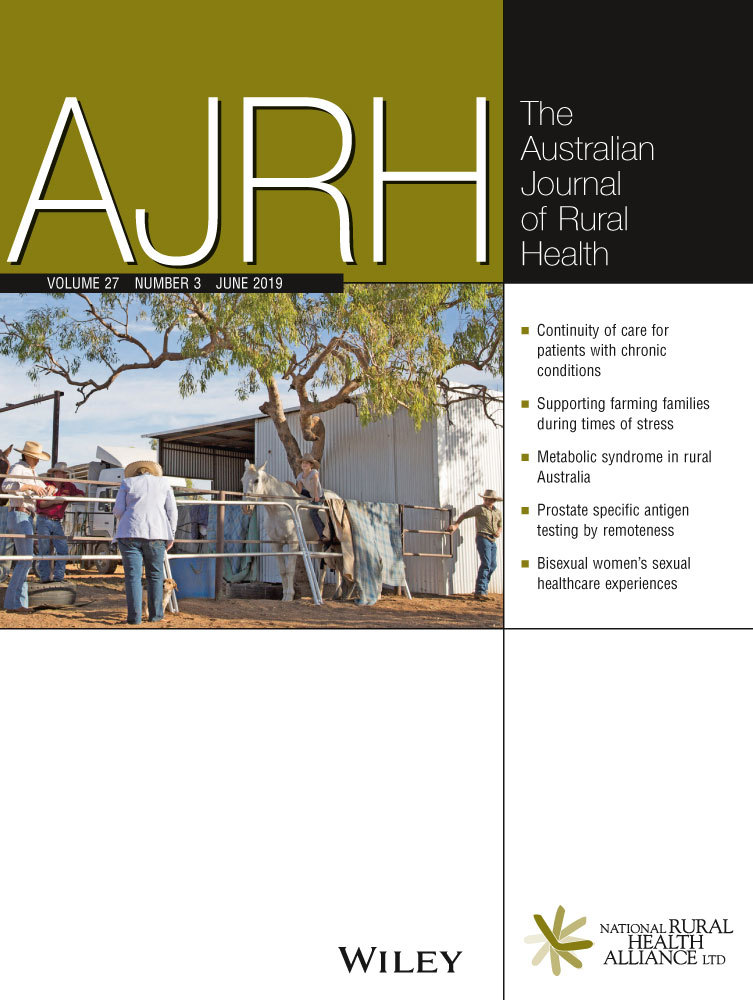Compression garment service model: Facilitating access to compression garments through workforce and service redesign
Abstract
Problem
Patients in Queensland have had difficulty in accessing lymphoedema services, particularly in rural and remote locations.
Design
The aim was to trial and evaluate a compression garment service model, to provide care for patients with lymphoedema closer to their homes. The service model trialled compression garment, selection, fitting and monitoring services for stabilised malignancy-related lymphoedema undertaken by generalist therapists.
Setting
Ten Hospital and Health Services in the Queensland public sector.
Key measures for improvements
The patients would have access to safe, quality services closer to their homes.
Strategies for change
The generalists were supported by telehealth coaching and supervision by lymphoedema therapists, an education program, resources and governance processes.
Effects of change
Compression garment selection, fitting and monitoring by generalists (physiotherapists and occupational therapists without Level 1 Lymphoedema training), as defined in the service model, was safe, effective and evaluated positively by patients and health professionals. There was increased access to compression garment services provided by generalist therapists in rural and remote locations.
Lessons learned
The service model implemented has the capacity to address workforce and service provision issues. It provides resources, education and training for clinicians to improve access to the provision of compression garment services.
CONFLICT OF INTEREST
No conflict of interest identified.




